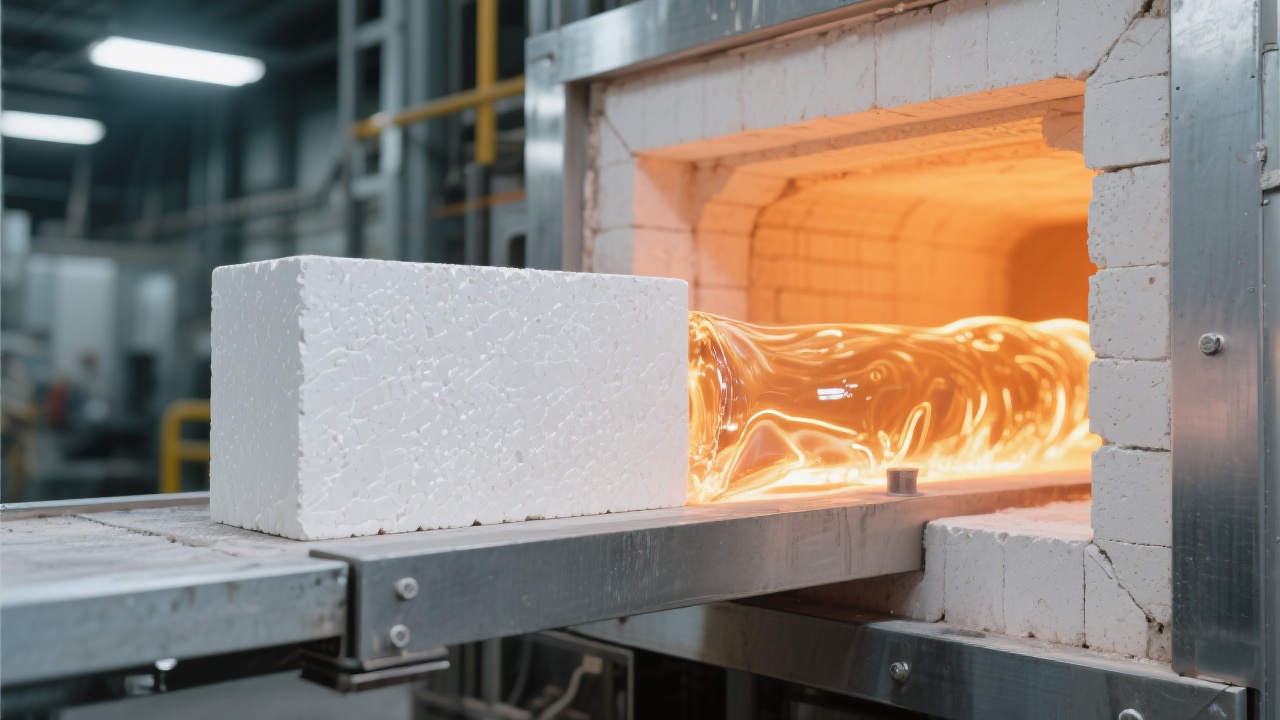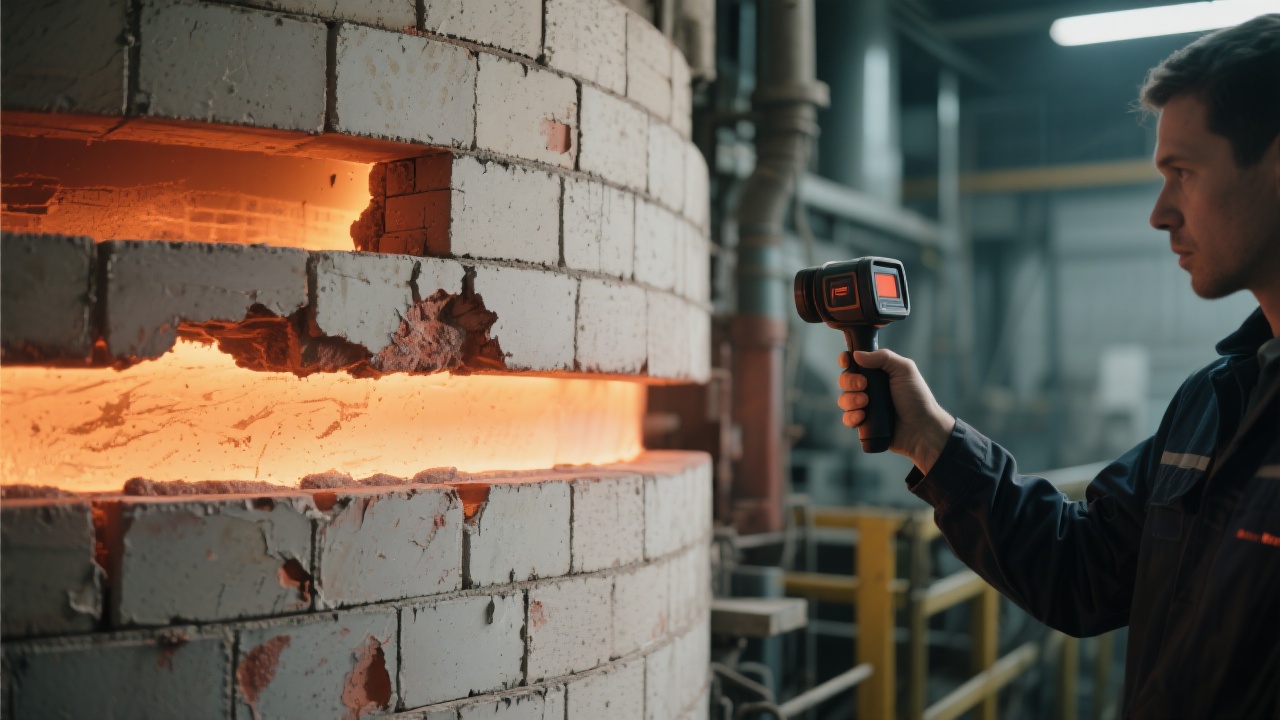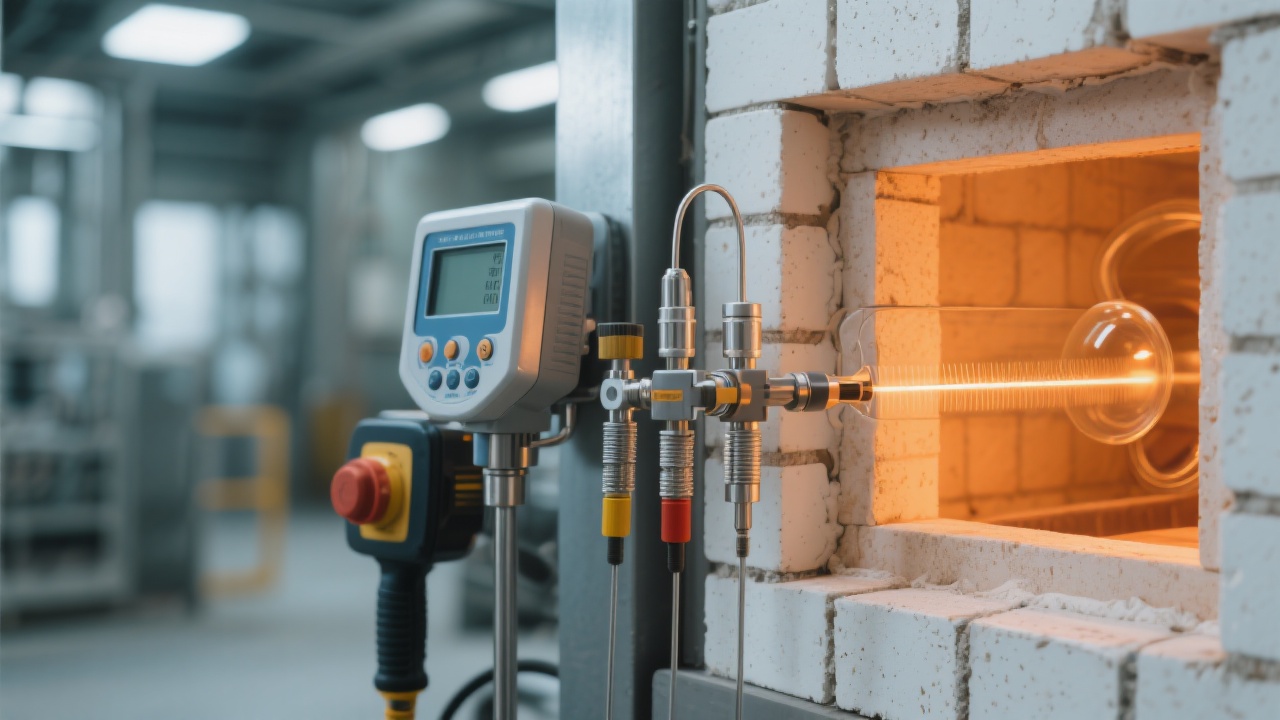
In industries such as ceramics, metal, and composite material heat treatment, high-temperature kiln furniture often operates under rapid heating and cooling conditions. This environment subjects the kiln furniture to significant thermal stress, leading to potential fatigue and cracking issues. According to industry data, approximately 30% of kiln furniture failures are related to thermal shock damage.

Cordierite is a promising material for high-temperature kiln furniture. It has a low density, typically around 2.1 - 2.3 g/cm³, which is significantly lower than many traditional kiln furniture materials. This low density not only reduces the weight of the kiln furniture but also contributes to its excellent thermal shock resistance. A study by a well - known research institution found that cordierite kiln furniture can withstand temperature changes of up to 800°C without significant damage, while traditional materials may start to crack at around 500°C.
The main causes of fatigue and cracking in high - temperature kiln furniture during heat treatment are complex. Thermal stress is the primary factor. When the kiln furniture is heated or cooled rapidly, the temperature difference between the surface and the interior creates uneven expansion and contraction, resulting in internal stress. If this stress exceeds the material's strength limit, cracks will form. Additionally, chemical reactions at high temperatures, such as oxidation and corrosion, can also weaken the material structure over time.

To prevent fatigue and cracking of high - temperature kiln furniture, scientific maintenance and monitoring are essential. Regular visual inspections can detect surface cracks in the early stage. Ultrasonic testing can be used to detect internal defects. In terms of maintenance, proper pre - heating and cooling procedures should be followed. For example, when heating cordierite kiln furniture, a slow heating rate of about 5 - 10°C per minute is recommended to reduce thermal stress.
| Maintenance Method | Frequency | Benefits |
|---|---|---|
| Visual Inspection | Before and after each use | Detect surface cracks early |
| Ultrasonic Testing | Once every 3 - 6 months | Detect internal defects |
| Proper Heating and Cooling | Every use | Reduce thermal stress |
Different heat - treated materials have different requirements for kiln furniture. For ceramic materials, cordierite kiln furniture can provide stable support due to its low thermal expansion coefficient, which helps to maintain the shape and quality of the ceramic products. For metal materials, the high - temperature resistance and chemical stability of cordierite can prevent contamination of the metal during the heat - treatment process.

In conclusion, cordierite kiln furniture offers significant performance advantages in terms of thermal shock resistance and low density. By implementing scientific maintenance and monitoring methods, the service life of the kiln furniture can be effectively extended, and the production continuity and product quality can be ensured. If you are interested in learning more about the application of cordierite kiln furniture in your industry, click here to get more detailed information.

